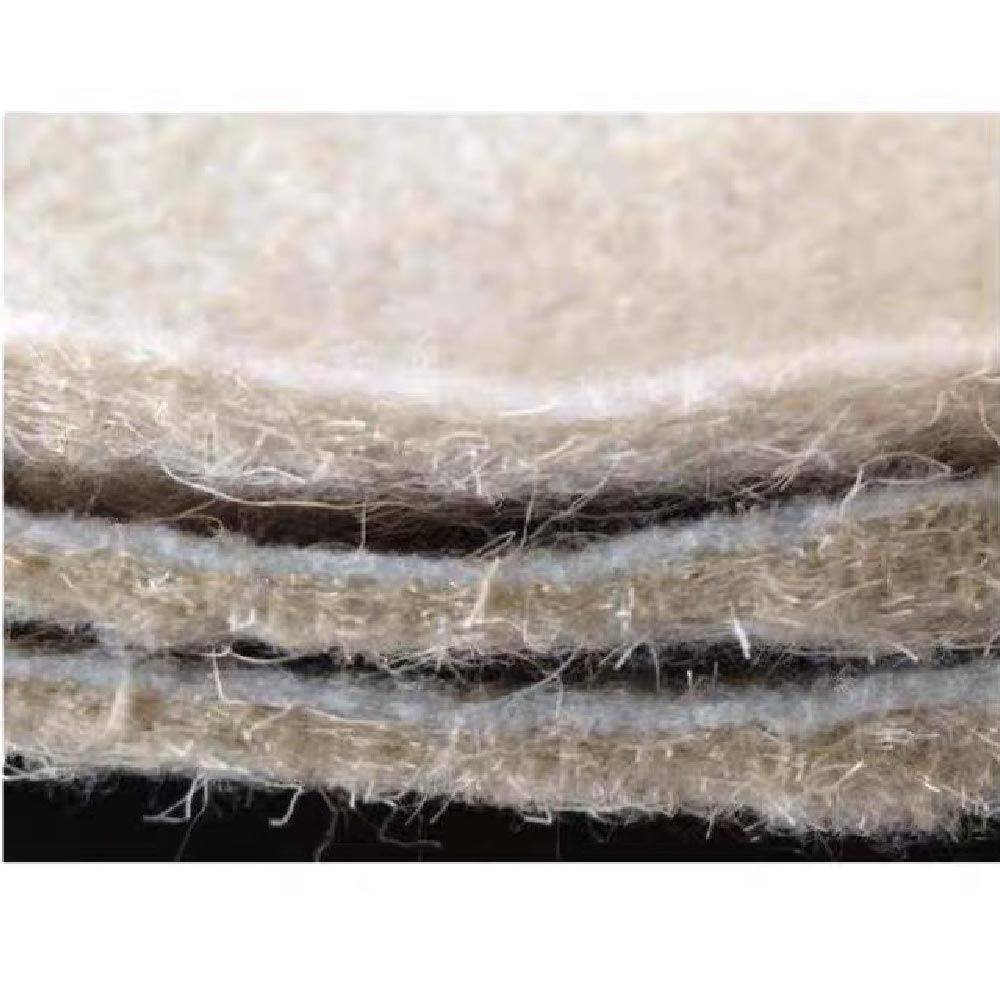What are the geotextile installation procedures?
Geotextile (also known as geotextile or geotextile) is a material used in geotechnical engineering to reinforce soil, separate different soil layers, filter moisture and prevent erosion. The following is the general geotextile installation process:
Engineering design and planning:
Before geotextile installation can begin, detailed engineering design and planning must be performed to determine the type, size, and location of the geotextile.
Site preparation:
Clear and level the project site to ensure there are no sharp objects, large rocks or other obstructions. Clear vegetation and ensure the land surface is flat.
Geotextile laying:
Unroll the geotextile roll and place it in the desired location. Usually, geotextiles need to be covered on the ground, and the ductility and stretch of the fabric must be evenly distributed during the covering process.
Geotextiles should be laid in overlaps to ensure complete coverage of the project area. Generally, the length of the overlap should be determined based on engineering requirements, but overlap is generally required to be at least 1 foot (30 cm) or more.
Fixed geotextile:
Secure the geotextile to the ground using appropriate fastening methods such as ground nails, nails, bricks, rocks or other suitable weights. This helps prevent wind or water from washing away the geotextile.
Seams and welds:
If multiple geotextile rolls are required to be connected to each other, appropriate seaming methods such as hot melt welding or stitching should be used. Seams should be secure and sealed to prevent moisture penetration.
Install additional geotechnical materials:
According to the needs of the project, the geotextile can be covered with other geotechnical materials, such as gravel, sand or filler. This helps stabilize the geotextile and provides additional protection.
Geotextile Protection and Maintenance:
After the geotextile is installed, steps need to be taken to protect it from UV rays, mechanical damage and chemical attack. Surface layers or coverings can be used to achieve this.
Project acceptance and monitoring:
After completing the installation of the geotextile, project acceptance must be carried out to ensure that the installation of the geotextile meets the design and specification requirements.
Regularly monitor the condition of the geotextile, especially during project operation, to ensure its performance and protective functions.
The geotextile installation process requires strict compliance with design specifications and manufacturer’s recommendations. Typically, a professional geotechnical engineer or contractor is responsible for performing geotextile installation to ensure the quality and durability of the project.

Things to note when transporting geotextiles
The transportation of geotextile is very important to ensure that it reaches its destination in perfect condition. Here are some things to note about geotextile transportation:
Package:
Geotextiles are usually sold in rolls. Before shipping, ensure that geotextiles are properly packaged to protect their surfaces from physical damage, moisture, and contamination.
Transportation options:
Geotextiles are usually transported by professional carriers or freight forwarding companies. Appropriate transportation tools and equipment should be selected to ensure that the geotextile is properly protected during transportation.
Goods acceptance and inspection:
Before loading geotextiles, the recipient should inspect the packaging and merchandise to ensure there are no damages or defects. This includes checking the roll for completeness, size, quantity, etc.
Moisture-proof measures:
Geotextiles are sensitive to humid environments, so contact with moisture should be avoided as much as possible during transportation. If bad weather is encountered during transportation, measures should be taken to prevent the geotextile from getting damp.
Prevent physical damage:
Geotextiles are susceptible to damage from sharp objects, sharp edges, or other heavy objects. During transportation, preventive measures should be taken, such as avoiding direct contact with sharp objects and avoiding squeezing by heavy objects.
Standard transportation:
Geotextiles should be shipped according to the manufacturer’s recommendations and shipping guidelines. This includes requirements for transportation temperature, humidity, stacking methods, etc.
Pay attention to climate conditions:
In extreme climatic conditions, especially in high or low temperature environments, additional precautions should be taken to ensure that geotextiles are not exposed to excessive temperature effects during transportation.
Logging and Tracking:
During the transportation process, it is recommended to keep detailed records, including transportation date, starting point, destination, stopover places and other information. If possible, the location of the shipment can be tracked via GPS or other technical means.
Please note that these are general recommendations. Specific geotextile shipping procedures may vary based on different manufacturers, material types and destinations. Therefore, it is always recommended to follow the manufacturer’s guidelines and recommendations during shipping.

